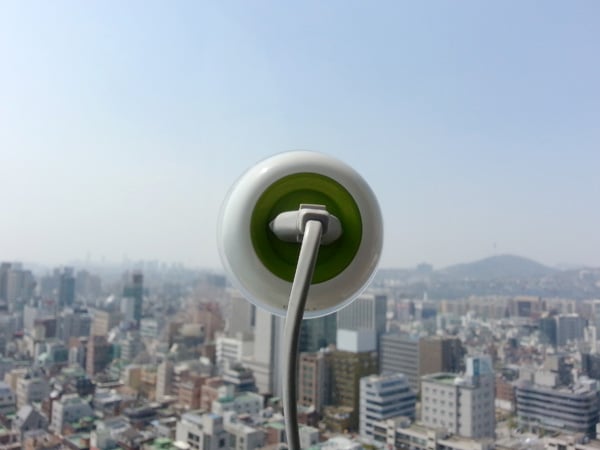"The Ebola epidemic of 2014, which has now totaled almost 20,000 cases and at least 7,708 deaths, began quietly in southeastern Guinea slightly more than a year ago. News of the outbreak reached the wider world last March, and within weeks a multidisciplinary team that included ecologists and veterinarians traveled to the affected area.
The team focused on a village called Méliandou, in Guinea—the index village, where the human outbreak began. A young boy, Emile Ouamouno, was the earliest known victim. He died with Ebola-like symptoms in Méliandou back in December 2013, followed soon by his mother, sister, and grandmother.
During eight days in Méliandou, the team gathered testimony from survivors and collected samples. From these data emerged a new hypothesis: Maybe the reservoir host was a bat.
“These bats are reportedly targeted by children,” the new paper recounts, “who regularly hunt and grill them over small fires.” Imagine a marshmallow roast, except the marshmallows are mouse-size bats devoured by protein-hungry children.
The researchers then uncovered another clue: a large hollow tree, which had recently been set afire, producing as it burned what someone recalled as “a rain of bats.” The team collected soil samples at the base of that tree, which eventually yielded traces of DNA assignable to Mops condylurus, commonly called the Angolan free-tailed bat." (Quammen)
Next, a video that explains in more detail how Ebola spread and affect humans:
- http://news.nationalgeographic.com/news/2014/12/141230-ebola-virus-origin-insect-bats-meliandou-reservoir-host/
Works Cited:







